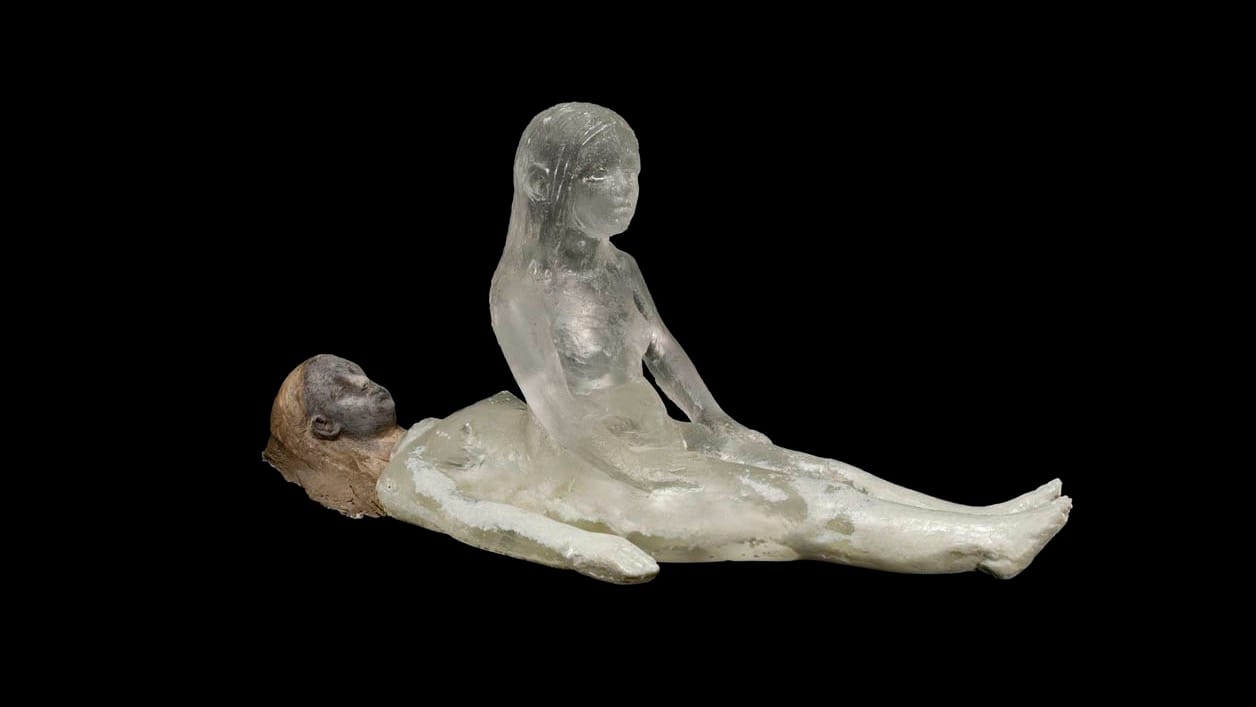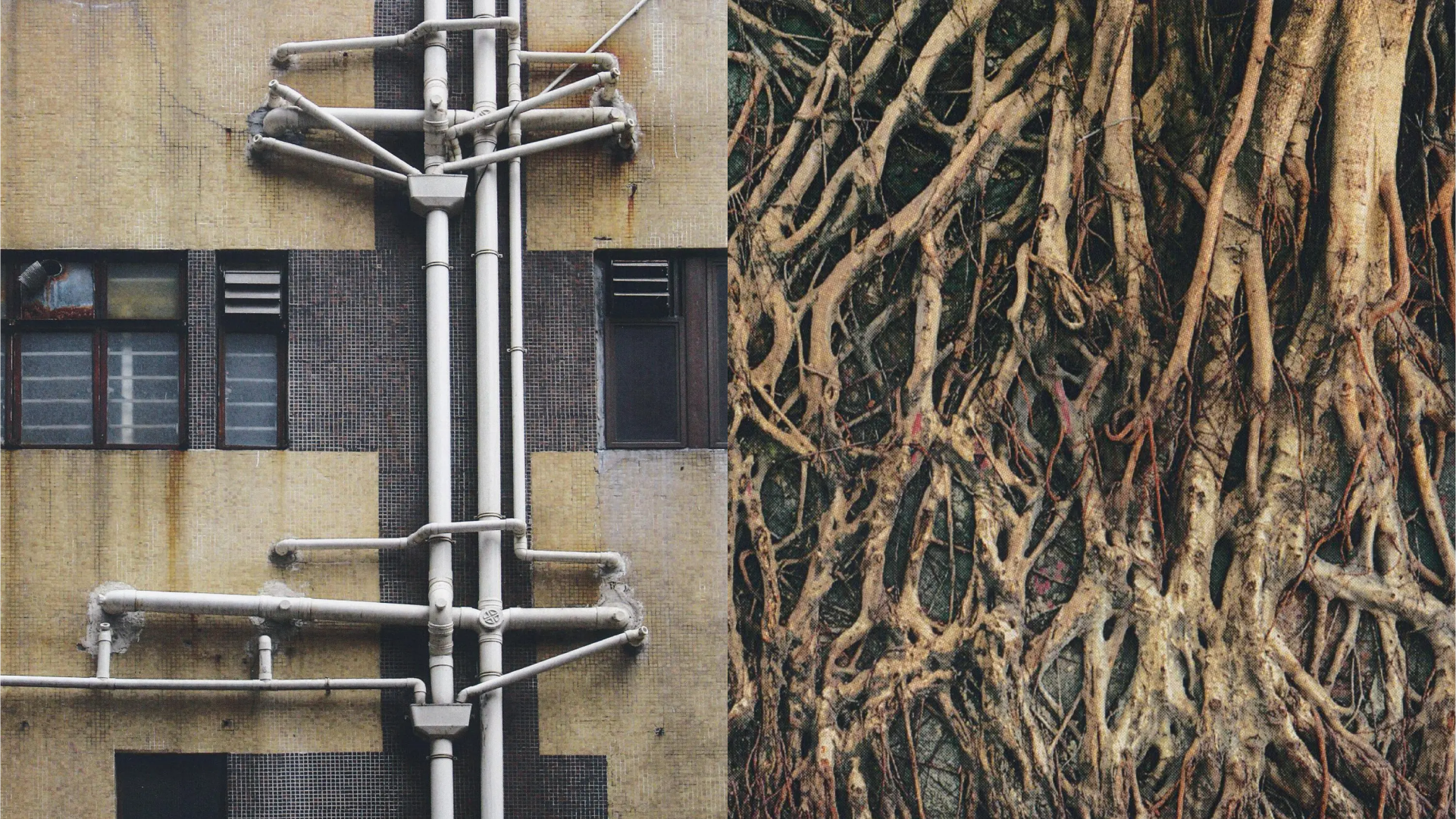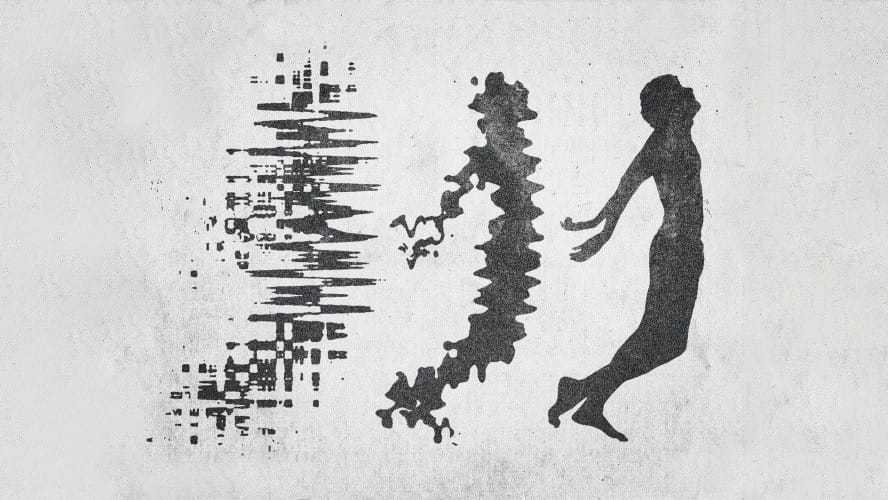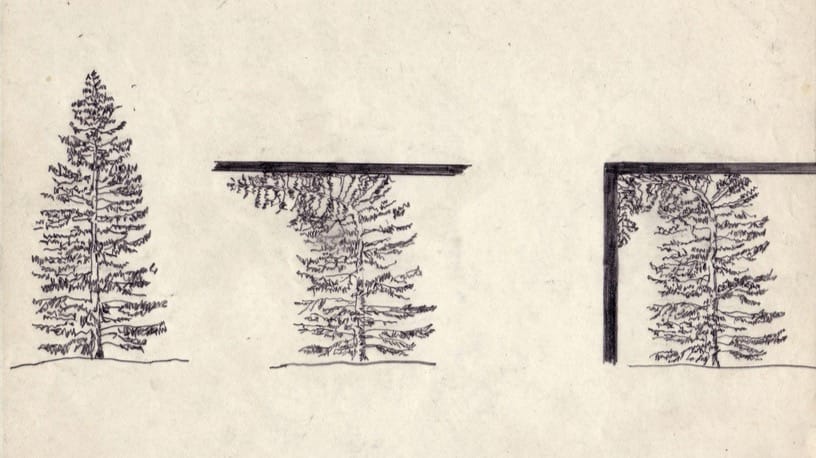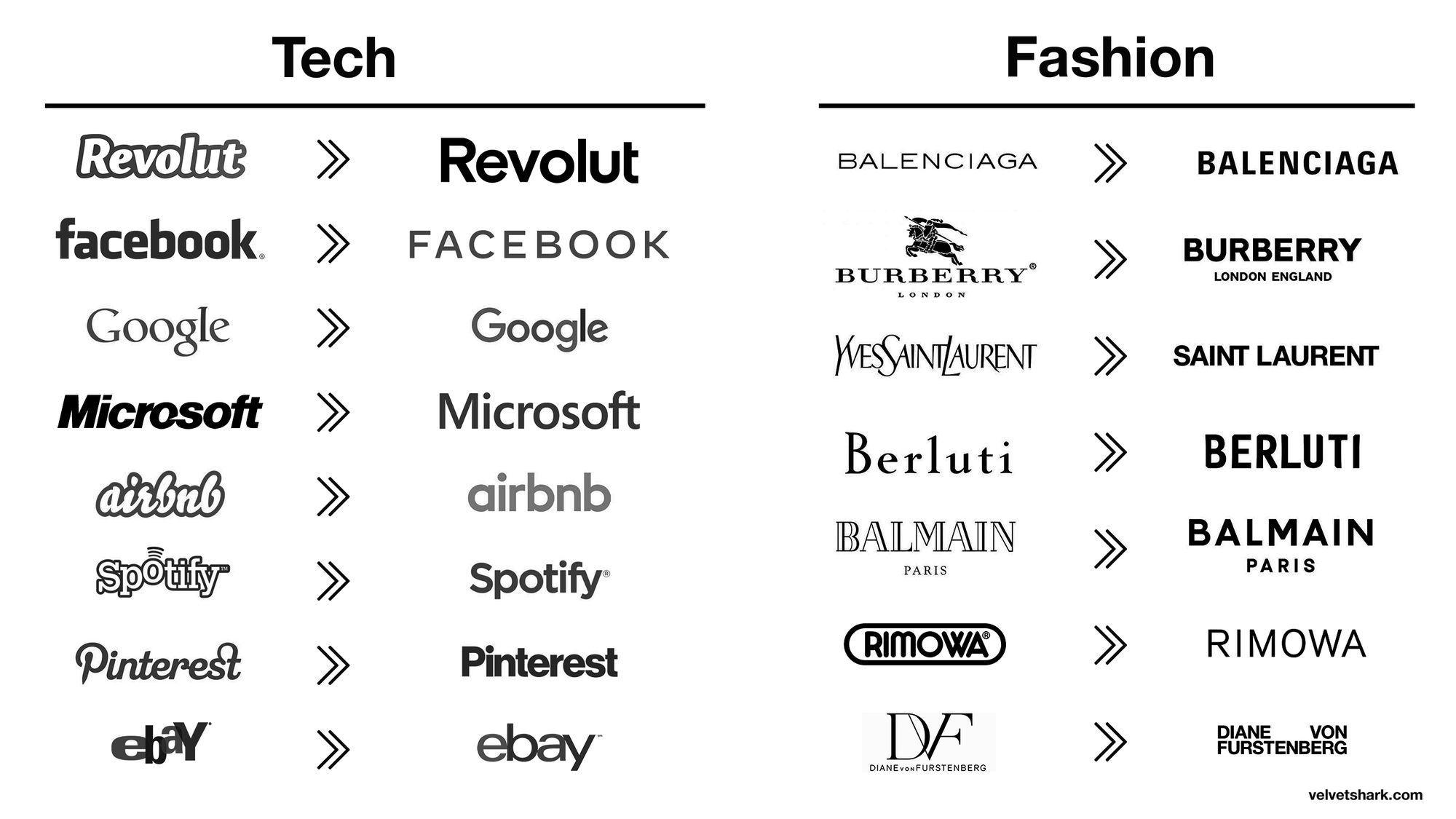We often understand ‘sustainability’ as a verb rather than a noun. Could this be a reason sustainability is so easily appropriated?

Imagination Rehabilitation
How does design culture limit our imagination? These articles help you unlearn the design industry’s assumptions.
What does it mean to be human—or animal, for that matter? Where do we draw the line?
While it's common to see nature as a storehouse for humanity's needs, the next phase of business will likely need to see it as a collaborator.
This week asks the question, "How would we feel about the status quo, if we knew how it really worked?"
What other ways can designers imagine the future, besides through technology?
How realistic are designers' claims to change culture when our idea of the future is so specific?
Designers may need to consider the systemic effects of their favorite aesthetic.
Materials have played a central role in sustainable design for decades, but is their function overstated?
Sign up to Otherwise
You'll be sent an email to confirm your subscription.
Please check your inbox and click the confirmation link.